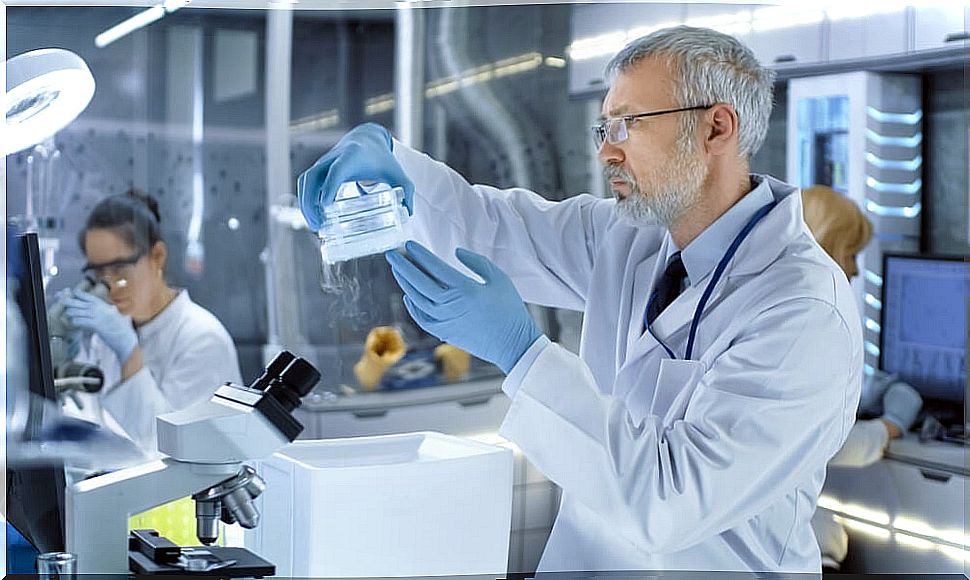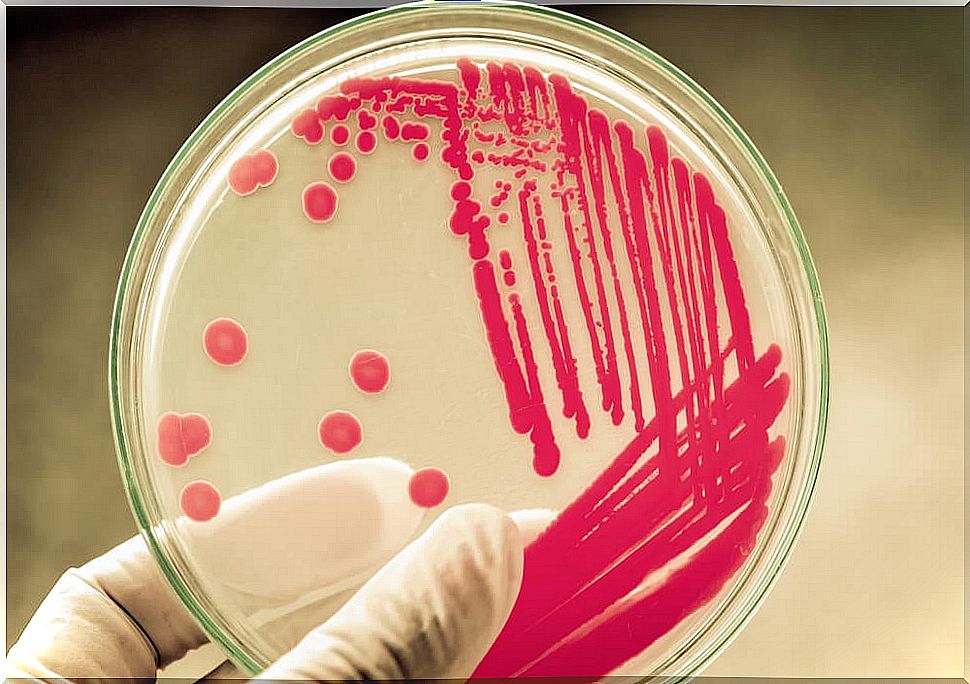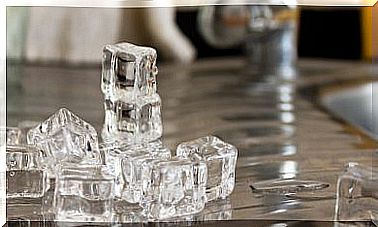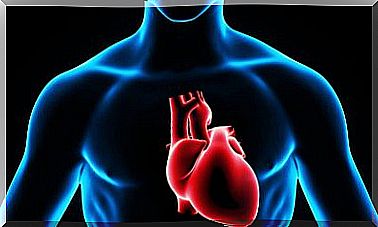Bacteria: Powerful Insulin Factories
Bacteria producing something that can save our lives? That’s how it is. Although it is often taught from an early age that these microorganisms cause multiple diseases, biotechnology has found a way to change this perspective.
One of the most interesting findings through his techniques has to do with the production of insulin. Let’s see below its most relevant aspects and what are the complications of using bacteria as biofactories.
The development of genetic engineering techniques

Genetics has undergone a dizzying advance since the mid-20th century. Many will be familiar with Watson, Crick and Franklin: the scientists who discovered the double helix structure of DNA in 1953 – and received a Nobel Prize for it. As a result of this discovery, and many others, the science that is responsible for the manipulation of genetic material, known as molecular genetic engineering, was born.
This science is what gives rise to recombinant DNA, which is nothing more than a new molecule that contains genetic material of different origins. The first recombinant DNA molecule was built in 1972 by Jackson, Simons and Berg, a milestone that earned them the Nobel Prize in Chemistry in 1980.
Today, genetic engineering has advanced to such an extent that we are capable of producing genetically modified microorganisms to produce the substance that we want. In this case: recombinant human insulin, a hormone used to treat diabetes.
Recombinant Human Insulin Production
Theoretically, using genetic engineering techniques, the gene responsible for the production of a molecule of interest (in this case the gene that codes for insulin) can be extracted and, using genetic engineering techniques, it can be inserted into a bacterium. In this way, the new recombinant bacteria will produce insulin in a similar way to how humans do.
Why are bacteria chosen as producers of molecules of interest? or what is the same: biofactories. This is so mainly due to its high multiplication rate and the certain ease of maintenance.
In other words, these biofactories can produce a large amount of insulin in a short time. However, although, in theory, the procedure seems quite easy, it is nothing more than a very simplistic view of reality. In practice, complications arise — and not a few.
Complications in the use of bacteria as biofactories

First, each microorganism has an optimal temperature and growth conditions. Not all are compatible with the substance to be produced; therefore, it is necessary to choose the producing microorganism based on the characteristics of the molecule of interest.
Second, the problem is not production, we can generate genetically modified microorganisms that give rise to almost any molecule that is the product of a single gene.
However, due to differences in molecular synthesis and processing between prokaryotic (bacteria) and eukaryotic (our cells), the production process may not be exactly the same despite the coding sequence, that is, the gen, be the same. Consequently, the insulin produced in the genetically modified microorganism may not be functional in humans.
Third, we can have the ideal microorganism for the production of a certain molecule and also have verified that the generated product maintains its functionality. However, the problem arises when it comes to extracting and purifying the molecule of interest.
The complicated task of purifying substances

The bacteria are grown in large tanks called bioreactors. These bioreactors contain all the necessary nutrients for the microorganism to multiply and begin to produce the substance of interest, which will be excreted into the environment.
Within a few hours —or days, depending on the microorganism used— a medium containing live and dead bacteria, waste products, and the product of interest will be obtained. This is where the tricky part begins. Not only must it be able to separate some substances from others, but also, for the product to be marketed, it must pass a series of tests in order to meet the appropriate quality standards.
Despite the complications, bacteria already constitute powerful biofactories, being used for the industrial-scale production of insulin, blood clotting factor X, a multitude of antibiotics and a long etcetera. Thus, the development of genetic engineering techniques has led to a substantial improvement in the quality of life of people who benefit from the industrial production of these substances.









